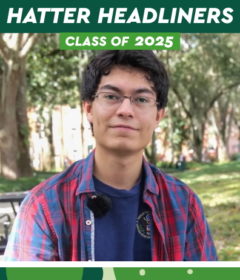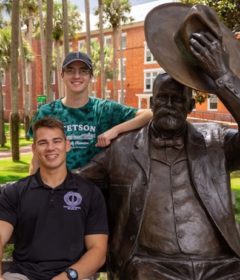Celebrating 140 Years: 1963-1972, Decade Of Operation Booklift and a Sage Start
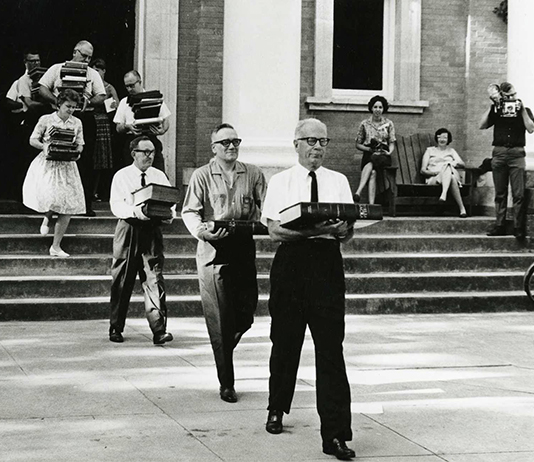
For some context of the times: In 1963 President John F. Kennedy was assassinated in Dallas, and A-list celebrities such as Brad Pitt, Whitney Houston, Michael Jordan and Johnny Depp were born.
In 1972? A photo of the Earth, known as The Blue Marble, was taken during Apollo’s final mission. Also, the first scientific pocket calculator was introduced.
At Stetson:
The Presidents
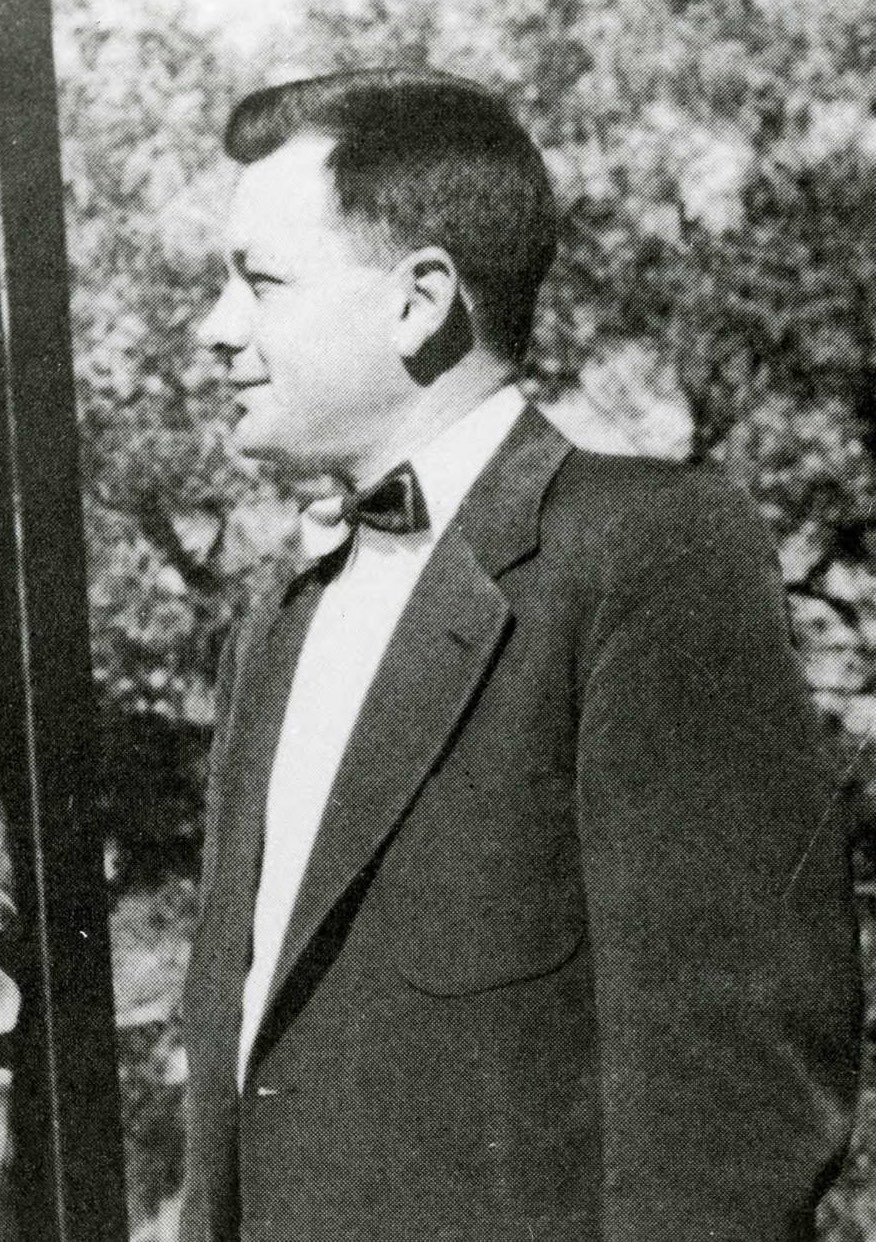
Three presidents marked the decade, and each put his stamp on the campus, both in physical growth and in strategic direction. J. Ollie Edmunds, the first and only Stetson alumnus to become president, was broadly revered for his strategic prowess, particularly as a fundraiser that drove university expansion. After almost 20 years in office, he resigned in February 1967 to return to private business and was named the first chancellor of Stetson’s Board of Trustees.
Paul Geren followed as president, serving from 1967 to 1969. Geren, a veteran foreign service officer, had a wide-ranging career in government, including service as an economic counselor at the American Embassy in Libya. He also helped to establish the Peace Corps and served as a deputy director of that organization. Not coincidentally, he initiated a successful foreign exchange program on campus before resigning from Stetson. In 1969, he died in an automobile accident only days before his resignation was to take effect.
After being named acting president in 1969, John E. Johns took office a year later, serving until 1976. Previously the vice president for Finance and Planning, he was the first Stetson administrative officer to become a Stetson president. Also, he had spent years as a Stetson history professor and as a Stetson business manager. Johns successfully increased the endowment and operating funds, as well strengthened the intercollegiate athletic program and the university’s competency-based student teaching program.
The duPont-Ball Library

Under Edmunds’ leadership, the duPont-Ball Library came the icon it remains today, largely aided by donors Jessie Ball duPont and Edward Ball. A series of 24 brick arches surrounded the exterior and served the dual purpose of decoration and temperature control. More than 144,000 colonial-style bricks were reproduced for use in the exterior, which also boasted more than 11,000 square feet of glass.
The library is home to the oldest (1877) Federal depository in Florida, and is also a Florida documents depository. Among the newest additions is the Innovation Lab, a high-tech space where students, faculty and staff can create and collaborate on projects.
Perhaps most notably, Operation Booklift occurred on May 7, 1964. That’s when students, faculty and staff displayed true Hatter spirit by forming a human line to carry books, periodicals and furniture from the old library space in Sampson Hall to the new building.
Nemec Hall
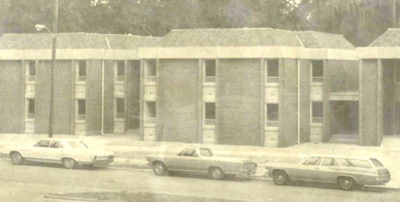
The construction of Nemec Hall was completed in 1966, a year before President Edmunds left office. Named after Ruth and James Nemec, who provided Stetson with a land deed that partially funded its construction and development, Nemec Hall consists of five two-story residential buildings, or “pods”, offering shared-occupancy and individual-occupancy rooms with community-style bathrooms. When it opened, Stetson student enrollment was approximately 1,675.
Davis Hall
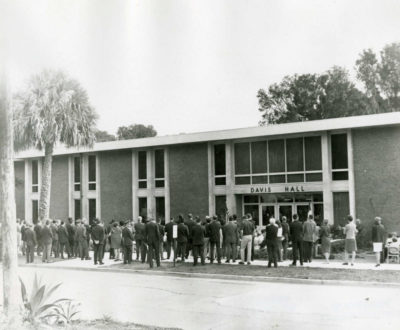
Stetson gained a new academic building when Davis Hall was erected in 1967 as an early home to the business school. It was named after the Davis family of Jacksonville. Four Davis brothers, who at that time were the largest stockholders of Winn-Dixie Stores Inc., contributed $500,000 toward construction costs. One of the brothers, A. Darins Davis, spoke at the dedication ceremony that was held on Nov. 27, 1967. The names of all the donors are listed on a dedicatory plaque at the building’s entrance. Today, Davis Hall is home to several academic programs housed within the College of Arts and Sciences.
Sage Hall

A sage decision became reality in 1967. That’s when construction of the Science Building (named Sage Hall) was included as part of the university’s Higher Education Facilities Program. Sage Hall housed the departments of biology, chemistry and physics. Stetson was the first university in Florida to offer courses in those subjects. The building’s cost was tabbed at $1.5 million. Sage’s laboratories were equipped with modern teaching aids and equipment that cost more than $300,000 — designed to meet the teaching needs of “today and tomorrow.” (Sage Hall was renovated in 2021, creating a cluster of research labs and student collaboration spaces, among other improvements. In 2022, science learning on campus took a quantum leap with the opening of the adjacent Cici & Hyatt Brown Hall for Health & Innovation.)
The Swimming Pool
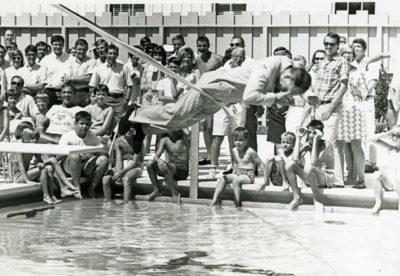
Stetson made a splash in 1968. Or, rather, President Geren did. He christened the university’s new swimming pool by jumping into the water fully clothed. The pool was touted as an alternative to the beach for the students, with space for sunbathing and up to five lanes devoted to lap swimming. Today, the pool remains popular as a core component of the Hollis Center (completed in 1995).
Presser Hall
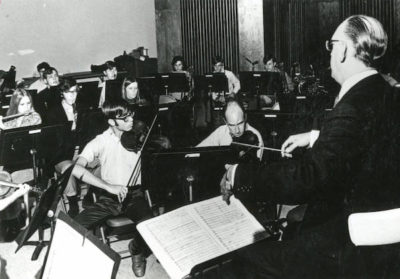
Officially opened in January 1970, Presser Hall is one of two buildings that house the School of Music. Built in a modern architectural style (of that time), the building featured white columns that were designed to resemble the keys of a piano. At the time of Presser Hall’s opening, Ethel Fisher, an instructor of Piano, was quoted as saying, “The new building surely is a dream come true. We’ve been needing it for 50 years. This music school has made much progress since I came here [in 1921], and I am confident that its future will be even brighter.” Those words rang true for many years and continue now with Presser Hall having been renovated in 2020.
Student Model Senate

In 1970, Stetson student John Fraser formed the Model United States Senate, established as the nation’s oldest collegiate-level model Senate. He was aided by the guidance of Political Science professor T. Wayne Bailey and the financial support of President Johns.
The Model Senate reproduces the actual procedures and activities of the United States Senate. Each student is assigned a Senator in legislative committees and is responsible for researching a variety of bills, crafting appropriate amendments and portraying the assigned senator as accurately as possible. And, like the other aforementioned highlights of the decade, the Model Senate has become a lasting legacy of the university.
Learn more about Stetson’s 140-year anniversary and join in on the celebration throughout the fall.
-Michael Candelaria and Stetson University Archives

